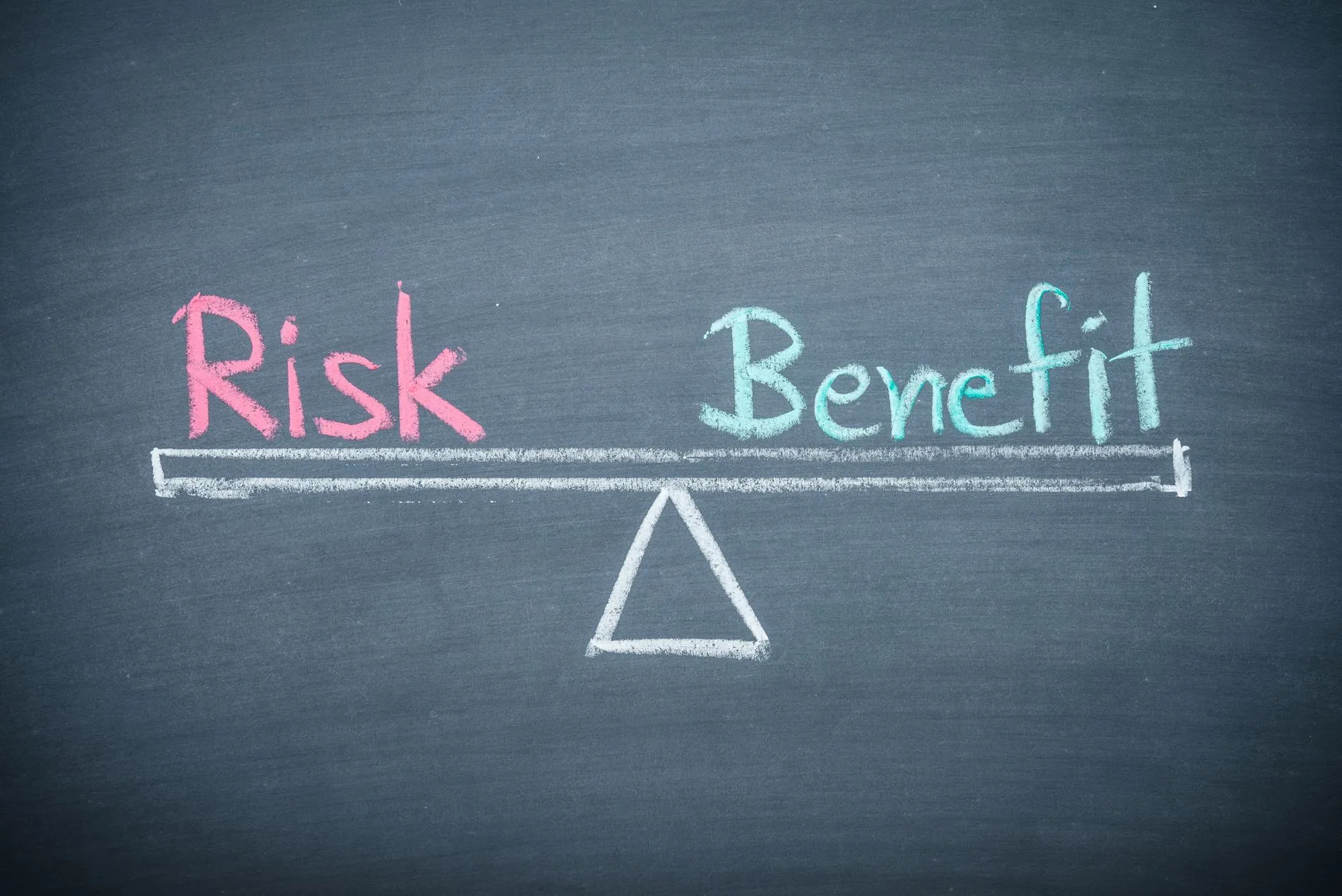
While risk-benefit analysis is typically associated with decision-making in business, healthcare and finance, it’s also relevant in the field of liability law. A risk-benefit analysis can be used in determining whether it’s possible to hold a business liable for injuries in a product liability claim. The outcome of a risk-benefit analysis may not correlate perfectly with the results of litigation, but it can help determine the feasibility of a claim.
The basic aim of the analysis is to determine both the risks and the benefits of a product and figure out if it meets expectations. At its core, a risk-benefit analysis is a balancing test to gauge whether the benefits outweigh the risks or vice versa.
Product Liability Cases
In product liability cases, both manufacturers and sellers must make sure that the benefits outweigh the risks of their product. If this is not the case, then the product may be considered unsafe and inappropriate for distribution and sales.
For example, if a newly released arthritis drug is causing liver damage, a risk-benefit analysis may be key to determining whether the pharmaceutical company should be held liable for resulting injury claims.
The risk is obviously liver damage, but it would be necessary to get a baseline of the percentage of patients experiencing the damage as well as the average level of damage. Those results would need to be weighed against the benefits of the drug. If it’s restoring pain-free mobility to many patients who struggled to live normal lives beforehand, the benefits may be considered great and potentially even outweigh the risks.
At that point, the plaintiff’s legal team, along with their experts, may attempt to show that there were safer alternatives available that would have accomplished the same goal without the liver damage. The pharmaceutical company may defend themselves by demonstrating no safer alternative existed when the drug was first developed.
Knowledge of the risk would also be key. The company may have evidence that they did proper testing, but the liver damage risk was not discovered until the product was released. Plaintiffs may argue the risk was known but wasn’t disclosed to patients and doctors. The case may hinge on whether plaintiffs can prove the risk was known (or should have been discovered) and was unreported or whether it was discovered after release.
There is a degree of personal accountability in these scenarios as well. Was the patient informed of the risk for liver damage yet took the drug anyways? Did the benefit of pain relief outweigh the risk? Or was the side effect not listed, or was its likelihood downplayed?
All of the above factors could play into the balancing test. There are scenarios where, in a perfect world, the pharmaceutical company would have done things differently, but the benefits still outweigh the risks. Conversely, plaintiffs may prevail if they compile a compelling case showing that, despite the benefits, the risks made the drug too dangerous for sale.
Factors Influencing Ohio’s Risk-Benefit Analysis
Certain factors play an important role in influencing the risk-benefit analysis to determine whether or not the product’s benefits outweigh its risks.
- Product Design and Safety: Were there alternative solutions to mitigate risk without compromising function?
- Warning Labels and Instructions: If a product does contain risks that cannot be prevented, were warning labels and instructions provided and clear?
- Consumer Expectations: Should the average customer reasonably expect a certain degree of safety or is the risk of the product implicit in its function and warnings?
Challenges and Considerations of a Risk-Benefit Analysis
A risk-benefit analysis comes with certain challenges and considerations that impact the consumer, manufacturer and legal professionals including:
- Expert Testimony: Testimony given by experts of the product may provide insights into the industry standards, alternative designs and if any measures could have been taken to reduce risks of the product.
- Complex Legal Landscape: Legal professionals who understand personal injury litigation can help build a strong product liability case as they are aware of the complexities of a risk-benefit analysis.
- Evolving Standards: It’s important for product liability attorneys to stay up to date on changing standards within certain consumer product fields and precedents that may impact analysis and claim outcomes.
Have You Been Injured By a Dangerous Product in Ohio?
If you have been injured by a dangerous product in Ohio, the team at the Buckeye Law Group is here to guide you. Our seasoned professionals understand the complexities of risk-benefit analysis and are committed to advocating for your rights.
Take the first step by giving us a call at 1-800-411-PAIN to schedule your free consultation or fill out the form here on our website today.
Obstetrical Malpractice and the Risk to Mothers and Babies
Understanding the Hidden Dangers in Modern Maternal Care Why Obstetrical Errors Are Still Happening Today Most expecting parents trust their medical teams completely. They assume that prenatal appointments, labor monitoring,
Can You Sue for Injuries During Pregnancy or Labor?
What Expectant Mothers Should Know About Medical Negligence How Pregnancy and Labor Injuries Typically Occur Pregnancy and childbirth dramatically change a mother’s body, and complications can arise even in low-risk
When Numbness Turns Into a Lifetime Injury
Understanding Nerve Damage Caused by Medical Negligence How a Simple Procedure Can Lead to Permanent Damage A routine medical procedure should never leave a patient with debilitating complications. Unfortunately, many
Nerve Injury After Medical Procedures—What You Should Know
When Numbness Turns Into a Lifetime Injury Why Post-Procedure Nerve Damage Deserves Immediate Attention A nerve injury after a medical procedure is far more than an uncomfortable side effect—it can
Injured as a Passenger on a Motorcycle—What Are Your Rights?
Passengers Have Strong Legal Protections Under Ohio Law Many people believe motorcycle passengers have limited legal options after a crash—but that’s completely false. In Ohio, injured motorcycle passengers almost always
Understanding Liability in Multi-Vehicle Motorcycle Wrecks
Why Multi-Vehicle Motorcycle Crashes Are So Complex When a motorcycle is involved in a crash with multiple vehicles, determining who is responsible becomes significantly more complicated. Unlike two-car collisions—where fault
Legal Recourse for Injuries Caused by Prescription Errors
When Medication Mistakes Start Outside the Hospital Prescription errors don’t just happen in hospitals. They can occur in doctors’ offices, pharmacies, clinics, long-term care facilities, or anywhere medications are ordered
How Dosage Errors and Allergic Reactions Happen in Hospitals
When Medication Mistakes Put Patients in Danger Hospitals are supposed to be safe, controlled environments where medications are administered accurately and monitored closely. But even in well-staffed medical facilities, medication
Lab Mistakes That Lead to Delayed or Wrongful Treatment
When Faulty Testing Puts Your Health at Risk Lab tests are meant to provide clarity, but when errors occur, they can send doctors and patients down the wrong path. A
Can You Sue for a Misdiagnosis Caused by Lab Negligence?
When Lab Errors Lead to Life-Changing Consequences Laboratories play a crucial role in modern healthcare. Doctors rely on lab results to diagnose illnesses, determine treatment plans, and make fast decisions
